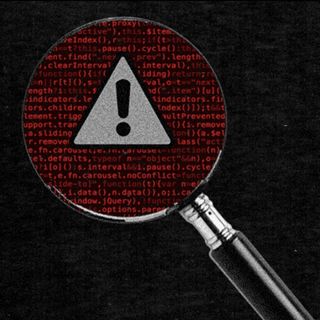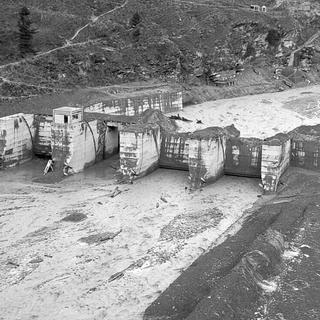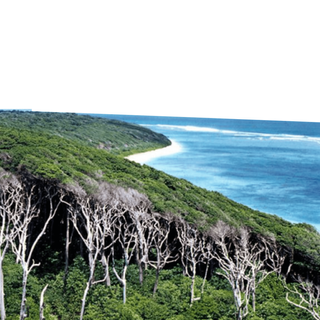Vitamin B1, or thiamine, is essential to life, because it powers the most foundational functions of cells. Too little of the nutrient results in neurological and reproductive debilitation and death. And all around the world, more and more wildlife are displaying deficiencies that threaten their individual and collective survival, reports Alastair Bland for The Atlantic.
The problem seems to originate at the lowest levels of the food chain — among certain bacteria, phytoplankton, fungi, and plants that can generate the nutrient. Fish and marine animals eat these life forms, then other animals eat those animals, spreading the deficiency in a process opposite biomagnification. In this way, illness in and death of fish and marine life, invertebrates, birds, and some mammals have been linked to lack of vitamin B1.
It’s not a new problem — thiamine deficiencies have been noted in marine life since the 1990s. But it was thought to be relatively isolated. Now, scientists are retrospectively examining decades of biodiversity loss under this lens. A 2016 paper suggests that thiamine deficiency may be behind steep animal population declines since the 1970s that can’t be fully explained by habitat loss. Because vitamin B1 deficiency doesn’t typically cause outright death, but rather behavioral changes and reproductive obstacles that endanger animals over time, vitamin deficiency may have been overlooked as a factor in wildlife loss.
Related on The Swaddle:
Sixth Mass Extinction of Wildlife Looms, Warn Scientists
Scientists can’t pinpoint what is causing these deficiencies, but they are sure that humans are to blame. If it was a natural phenomenon, says the lead author of the 2016 paper, animals would have either adapted or died out a long time ago.
“Humans are somehow involved,” Dale Honeyfield, a former researcher for the U.S. Geological Survey who studied thiamine deficiency in wildlife in the 90s, told Bland. “Thiamine deficiency is really an indicator that we have an ecosystem that is disrupted.”
Various theories for the disappearance of thiamine from the food chain include warming oceans, which might allow microorganisms that acquire thiamine through their food to outcompete microorganisms that produce the vitamin; overfishing, which could make scarce fish that eat the thiamine producing microorganisms, thereby making thiamine scarce in their predators’ diets; and invasive species that have high concentrations of a thiamine-destroying enzyme, which when consumed by predators can wipe out the predators’ vitamin stores and thus those of predators farther up the chain.
Scientists are calling for attention on and funding for the issue, to determine if an environmental change is leaching thiamine from the base of the food chain, is prompting overproduction of thiamine-destroying enzymes, or if other influences are at play, and regardless — how to fix it.




